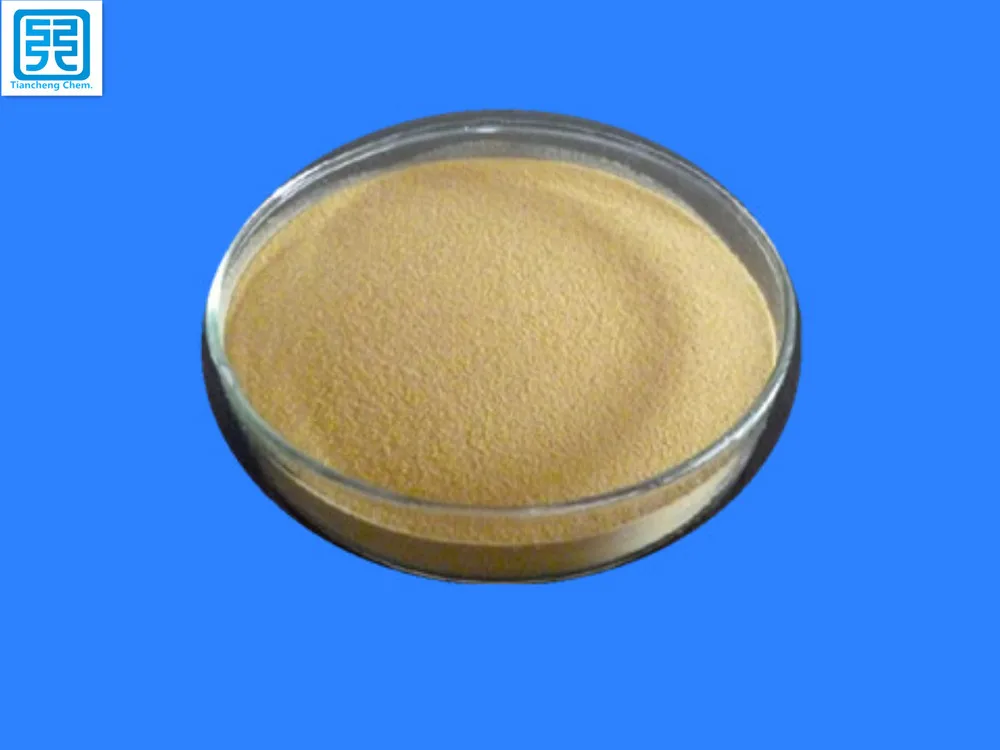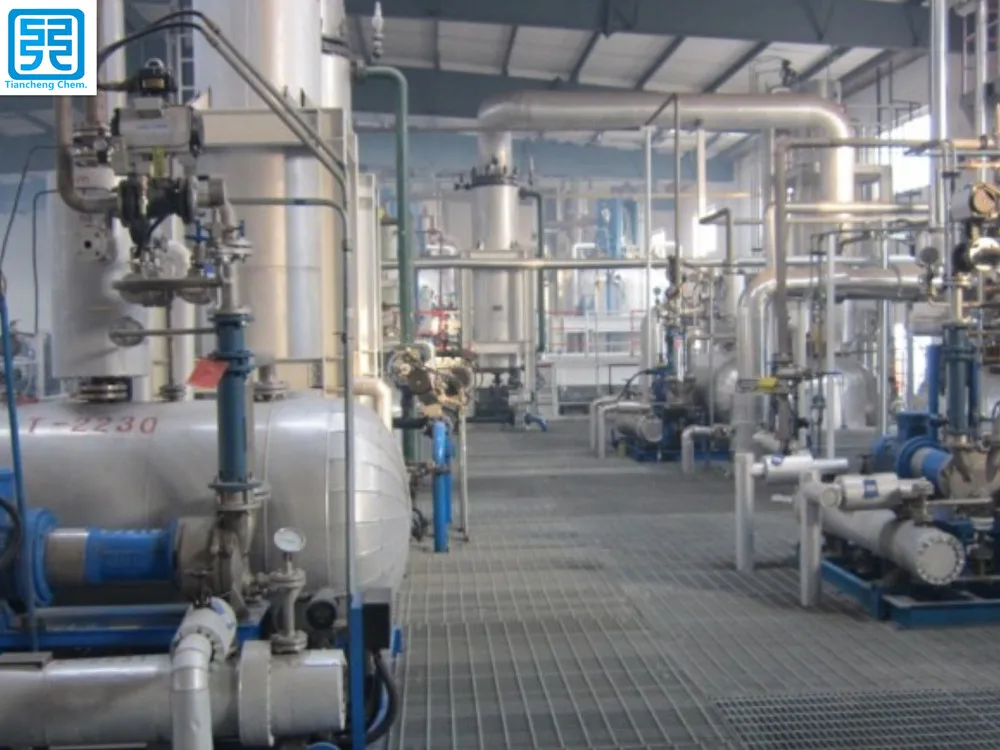There are three hundred litchis in the sun, and they are long-term Lingnan people. On a hot summer day, what could be more enjoyable than sitting in an air-conditioned room and eating litchi! But how to remove litchi pesticide residues? How to keep litchi fresh? Recently, the results of the "Automatic Device for Degradation and Fresh-keeping of Vegetable and Fruit Pesticide Residues" and "Semi-automatic Production Line for Reducing Pesticide Residues and Fresh-keeping of Litchi Fruit" jointly developed by Chinese and American companies and universities have been organized by the China High-Tech Industrialization Research Association The scientific and technological achievements were evaluated and officially released and promoted in Beijing. These two scientific and technological achievements will solve the problem of litchi reducing agricultural residues and keeping fresh.
At present, the pesticide residue degradation methods used in China are mainly peeling and cleaning, etc., the removal rate is low, and it has little effect on the pesticide residues entering the fruit and vegetable tissues. In response to this problem, Guangdong Tianyun Lexiangda Health Biotechnology Co., Ltd., Rutgers (Guangzhou) Agricultural Technology Co., Ltd. and Rutgers Biotechnology Co., Ltd., and related departments of Rutgers University and Stanford University Including 4 series of fruits and vegetables to reduce pesticide residues and fresh keeping liquids, litchi and fresh fruits to reduce pesticide residues and fresh-keeping technology, vegetables and fruits to reduce pesticide residues and fresh-keeping automatic devices, litchi and fresh fruits to reduce pesticide residues and semi-automatic production lines 7 patents.
In addition, the partner has developed supporting small-scale equipment and production lines based on the project results. It has the functions of degrading pesticide residues and maintaining freshness. It can realize the automation of cleaning, soaking, spraying, dewatering, packaging and other processes, and the degradation rate of pesticide residues Reaching more than 80%, and extending the fresh-keeping period of vegetables and fruits. Litchi fresh fruits, which have high requirements for fresh-keeping, can achieve a 30-day low-temperature storage period and a 3-day out-of-room storage period.
According to reports, the technology and products for the reduction of pesticide residues and freshness of fruits and vegetables successfully developed through Sino-US cooperation have provided technical support for the safe production and consumption of fruits and vegetables through demonstrations in Guangdong, Shandong and other places. The users have responded well and have significant economic, social and ecological benefits. The market development prospect is broad. At present, the promotion and application of the results of the project have settled in Jiaohua Industrial Park, Meizhou, Guangdong, with a planned investment of 550 million yuan.
1. Chemical Composition:sodium methylene bis-naphthalene sulfonate
Appearance: beige brown powder
Solubility: soluble in water of any hardness
PH value: in 1% water solution, PH = 7-9
Performance: good diffusion and protective colloid, and no penetration and foaming .
Ion: anionic.
Stability: resistance to acid, alkaline, hard water, salt.
Affinity: have an affinity for protein and polyamide fibers, for cotton, hemp and other fibers no affinity.
Miscibility: may mix with anionic and non-ionizing surfactant simultaneously.

2. Specifications indicators
|
Items |
Indicators |
|
|
Type |
First Grade |
Qualified |
|
Appearance |
Beige brown powder |
Beige brown powder |
|
Dispersancy (Standard substance) |
≥100% |
≥95% |
|
PH Value (1% water solution) |
7-9 |
7-9 |
|
Sodium sulfate content |
≤3% |
≤5% |
|
Fineness (residuals of 60 mesh/screen) |
≤5% |
≤5% |
|
Calcium and magnesium ions, Ppm≤ |
1000 |
4000 |
|
Impurities (non soluble in water) |
0.05% |
0.10% |

3. Application
Printing and dyeing industry: mainly used for dyeing vat dyes suspension, leuco acid staining, dispersion and soluble vat dyes dyeing. Also be used for silk / wool interwoven fabric dyeing, the yarn is no color. Mainly used for industrial dye dispersion and diffusion of color lakes manufacturing additives.
Building materials industry: as early strength cement water reducing agent, the amount of 0.5-1% by cement after the shock has good dispersion effect, increasing the strength of cement. Diffused N of concrete tensile strength, impermeability, frost and compressive modulus of elasticity are improved, no corrosion of steel effect.
Pesticide industry: It can be widely used in wettable pesticides, with good dispersion and solubilization, can significantly improve the efficacy, dosage according to product requirements. Example: buprofezin, the amount of 3-5 %; thiophanate amount of 0.8-1.5 %, 0.8-1 % Kai Ling vegetables.
Electroplating industry: the color is added, crossing pigment dispersants N allows uniform dispersion can significantly improve the plating surface brightness, and the amount is usually 10% of the pigment.
Rubber industry: rubber (latex) of industrial production process, the dispersed substances such as sulfur accelerator, antioxidant zinc oxide fillers ( such as barium sulfate , calcium carbonate ), etc., added to the dry weight of a Dispersing Agent N2-4% , 10% Dispersant solution prepared in advance , and along with the other components in a ball mill grinding , can improve the dispersion effect and shorten the milling time .
Packing: 25kg bags.
Storage: two years and must be upload and download lightly.
Dispersant N,Dispersant,Dispersing Agent Nno,Dispersing Agent
Shandong Tiancheng Chemical Co., Ltd. , https://www.tianchengchemical.com